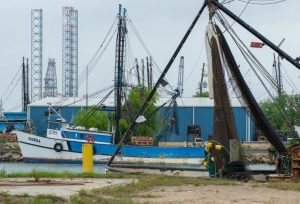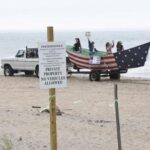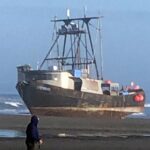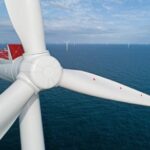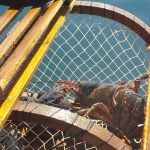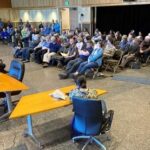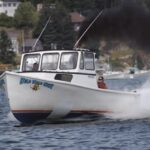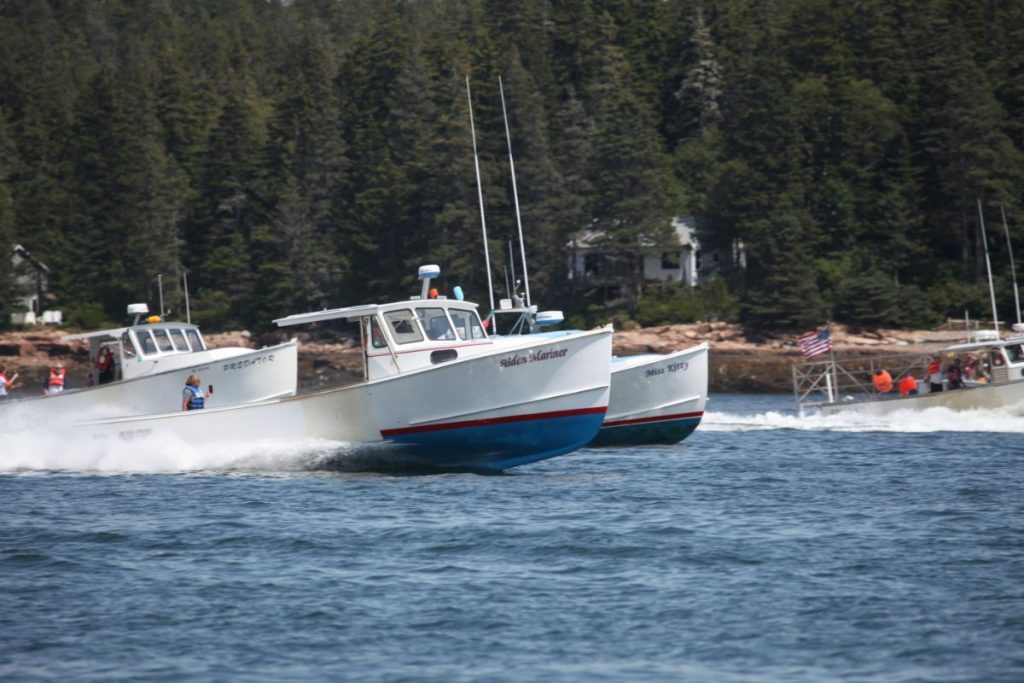Tag Archives: OSU
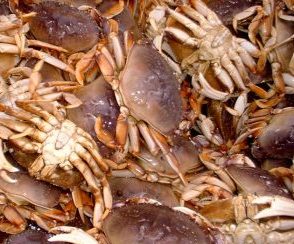
Grant: Researchers to find ways to prevent injury in the Dungeness crab fishery
The grant from the National Institute for Occupational Safety and Health, totaling $895,000 over the next three years, will allow OSU professors Jay Kim and Laurel Kincl to build on existing research with the Dungeness crab fishing industry, where workers suffer high rates of both fatal and non-fatal injuries. For their upcoming study, Kim and Kincl will look specifically at the configuration of the “block,” the mechanized winch that pulls up the line of crab pots out of the water and swings them into the boat; and the crab sorting table, where crabs are sorted after being brought up from the water. >click to read< 18:18
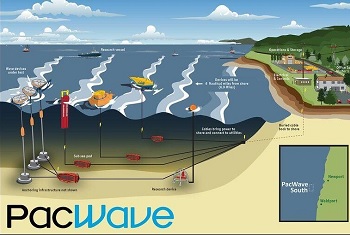
Initial work is being done at the OSU Oregon Coast Wave Energy Project test site
Initial work is being done on the OSU PacWave South wave energy test site, with the onshore components being connected to the offshore facility in this spot. There are two areas off the central Oregon coast where the PacWave testing will be done. Near Waldport is the southern spot, while another near Newport is the northern rigging. The work being done here includes horizontal directional drilling deep beneath the park and ocean shore. Later subsea cable installation work will primarily be between 1 and 7 miles offshore. PacWave South is the first marine renewable energy research lease the Bureau of Ocean Energy Management has issued in federal waters off the West Coast.,, Five power and data cables buried below the seafloor will connect the ocean test site to a shoreside facility southeast of Seal Rock. >click to read<, with links to hearings/meetings 10:23
Scientists Still Eyeing the ‘Dead Zone’ By Terry Dillman. This article SCREAMS for collaborative research!
This article is a perfect indication of the benefits of industry involved collaborative research, while the history of R/V Henry B Bigelow demands cut backs to NOAA’s pathetic role of stock assessment.


































